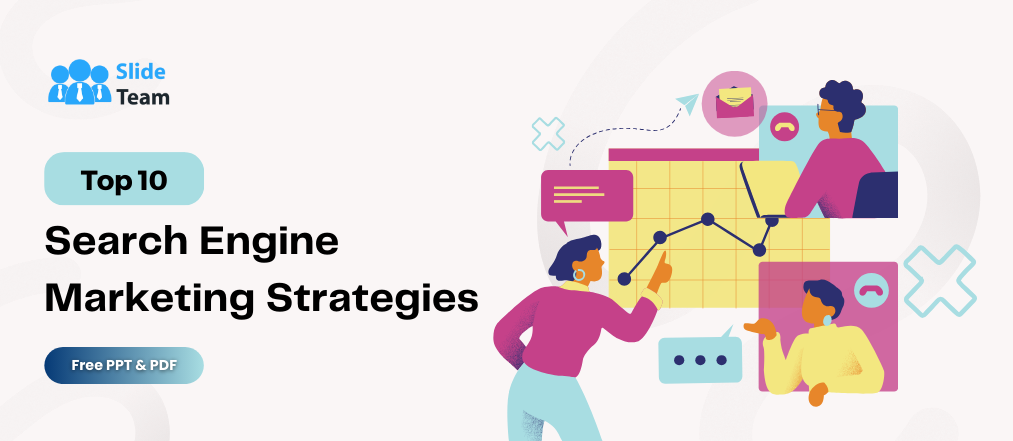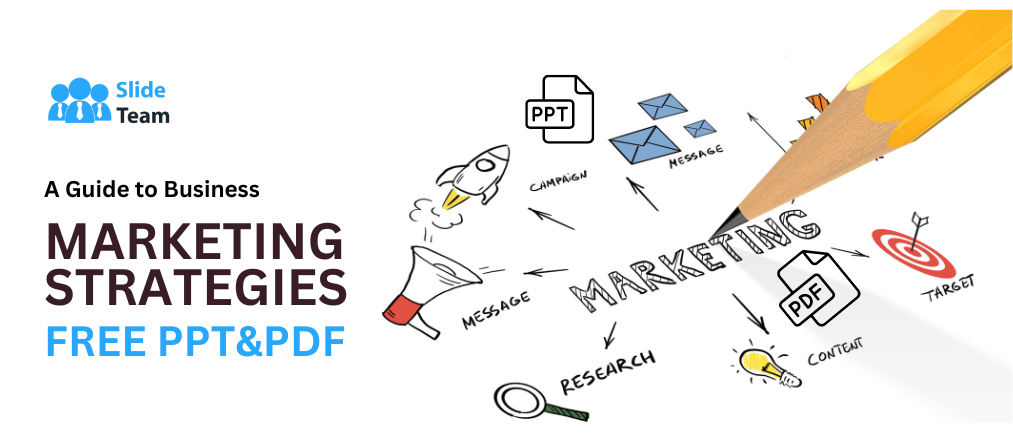You've all probably heard of Marketing, which has been used for years to advertise businesses by engaging audiences and building lasting relationships with them. But have you ever heard about Search Engine Marketing? If not, let’s get to know about it.
What is a Search Engine?
A search engine is software that helps users utilize keywords to get the information they're looking for.
To excel in your game with Search engines, let’s take an idea of what exactly is Search Engine Marketing.
What is Search Engine Marketing?
Search Engine Marketing refers to a number of techniques and strategies that a business might employ to increase the volume of visitors it receives through a Search engine research page (SERPS) to a website. The ultimate objective of SEM is to make the website more prominent and better for search engines like Google.
The Marketing strategies can be used by anyone with a digital presence to generate clicks and increase the reach of the website. It is a method to attract the viewers through advertisements and generate revenue.
To know about more online searches in marketing, let’s take a glance at the Search Engine Techniques blog that helps boost businesses.
Potential Search Engine Marketing Strategies:
1. To know about the Potential Audience:
The audience plays a vital role in search engine marketing as the rankings of a website are based on the algorithm, which is mainly reliant on providing useful and informative results to a searcher. This helps you to make alterations to your content, keywords, and website's overall usage as per the requirements of people.
2. Research Trending Keywords:
Identify the relevant keywords that the user might search for while using the website, and there are some words that help to keep the website on top ranking and provide quality content and other services.
3.Enhancing Titles and Tags:
The titles and tags should be optimized for the target keywords, which is a main part of SEO. Having keywords is important or ranking highly in search results since search engines utilize these aspects to evaluate what the pages on your site are about.
4. Easy to Operate for User:
The site should be user-friendly, and it affects the ability to rank well in search results because Google wants to present its users with the greatest results possible, and a big part of that is the experience the site offers.
5. Pay on Each click:
To get more clicks, create a budget, make a bid on relevant, and create a convincing ad to attract more clicks. Generate ads with an identified audience that top search engine results for certain keywords. Google Ads and Bing Ads are the popular platforms to promote the ads.
6. Advertisement Extensions:
Add site links, callouts, reviews, and location data on the site through PPC ads to improve their effectiveness. These add-ons give users more details while encouraging them to click on your adverts.
7. Remarketing:
Attract the customers who had visited the website previously and did not convert. Utilize the resources of marketing to engage the users, notify them about offers, and compel them to visit the site.
8.Targeting the Regional Audience:
Set the goal to reach the users through your adverts to particular geographic areas. This is especially helpful for neighborhood businesses, which help to draw in local clients.
9. Mobile Optimization:
A significant proportion of searches are conducted on mobile devices, which ensures the website and advertisements are mobile-friendly. Fast loading times, clear ad language, and mobile-friendly design are necessities. The site should not take much time to load as it has a negative impact on the user.
10. Visiting the Page Optimization:
Make sure the sites consumers reach after clicking the ads are pertinent, easy to use, and conversion-focused. Relevant content and clearly defined actions are essential for the website.
Conclusion:
The above-mentioned SEM strategies are the key resources where one can learn the marketing gigs and other operating tools that help to grow business. If you follow the ideas and basic concepts of SEM, the business will appear in the prominent Search rankings with a more prospective and massive audience.
To get yours, reach out to our website, SlideTeam, and get your customized template on Search Engine Marketing Strategies.
Get Free SEM.PPT &SEM PDF.
FAQs on Top 10 Search Engine Marketing Strategies- Free PPT & PDF.
- Why is landing page optimization important in SEM?
- Landing page optimization ensures that the page users land on after clicking your ad is relevant, user-friendly, and encourages conversions. A well-optimized landing page can significantly improve your SEM ROI.
- How can ad extensions enhance my SEM strategy?
- Ad extensions provide additional information in your search ads, such as phone numbers, location, site links, and product ratings. They can make your ads more attractive and informative to users, increasing click-through rates.
- What is remarketing in SEM?
- Remarketing involves targeting users who have previously visited your website or interacted with your ads. It allows you to re-engage potential customers and encourage them to convert.
- How does mobile optimization fit into SEM strategies?
- With the increasing use of mobile devices, optimizing your SEM campaigns and website for mobile users is crucial. Ensure that your ads and landing pages are mobile-friendly for a better user experience.
- What is local SEO, and how does it relate to SEM?
- Local SEO focuses on improving your online presence for local searches, especially for businesses with physical locations. It's an essential part of SEM for businesses that rely on local customers.
- How can content marketing complement SEM efforts?
- Content marketing, such as blogging and creating informative content, can support your SEM efforts by attracting organic traffic and improving your website's relevance and authority in search engine rankings.
- How can I track the effectiveness of my SEM strategies?
- Use analytics tools like Google Analytics and Google Ads to track key metrics such as click-through rates, conversion rates, and return on investment (ROI). Regularly analyze data to make informed decisions and refine your strategies.





 Customer Reviews
Customer Reviews



















